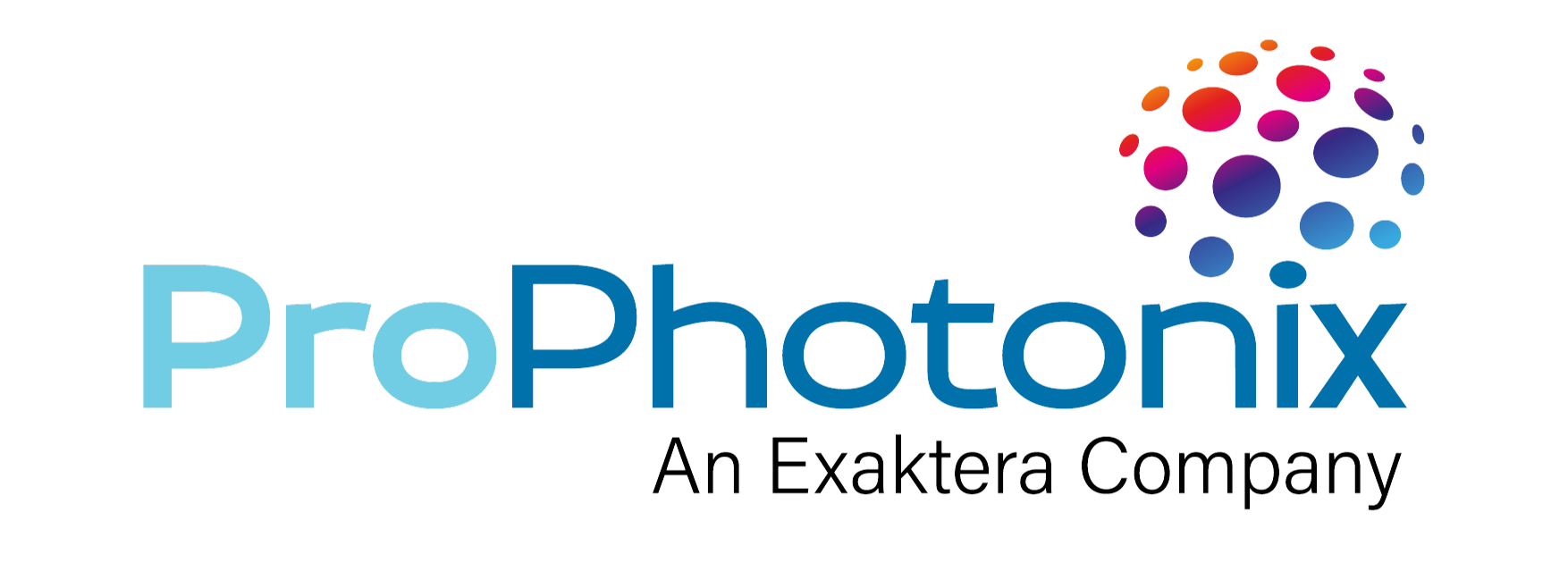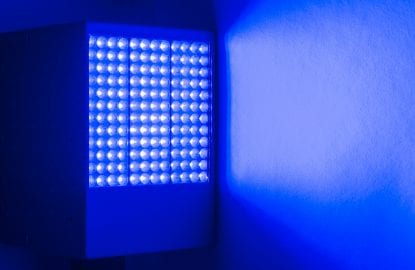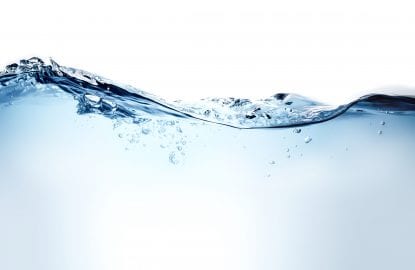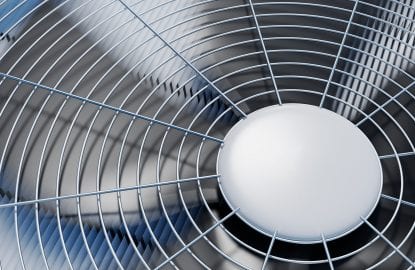UVC LED disinfection technology is advancing rapidly in water, surface, and air disinfection for a wide variety of applications including food processing, medical and laboratory, ventilation systems, packaging materials, and industrial applications. UV LED based disinfection techniques are becoming more popular due to precise control of radiation pattern, flexible (and customized) design and smaller size of disinfector as LEDs can be manufactured to target very specific and narrow wavelengths. In this post, we will explore monitoring and control of UVC LED technology.
Monitoring UVC LED Disinfection
UV-C lamps have traditionally been employed for germ removal and sanitization techniques. They are capable of damaging the molecular structure (or DNA) of a virus (or microorganism) and thus preventing replication of the virus/microorganism. For most applications, the wavelength varies from 200nm to 285nm. Being at the peak of DNA absorption curve, 265nm is considered to be the most optimum wavelength for UV-C disinfection.
UV-C LED systems can be manufactured to target optimum and extremely narrow wavelengths. This allows for maximum disinfection levels which can also be monitored and controlled through a number of ways, as discussed below.
Parameters to monitor for effective disinfection
The wavelength, irradiance and contact time between virus and UV rays are three vital parameters to monitor for effective disinfection. Effective disinfection can occur at different wavelengths. For example, sometimes the optimum peak wavelength at 265nm may not be as effective as an alternative wavelength which delivers higher intensity and dose at a more efficient cost.
The distance of the target from the light source is also an important parameter. Depending on the type of disinfection being done- water, surface or air, the dosage could vary in a number of ways. UV-C LEDs systems enable better monitoring and control over wavelength, power and dose of the UVC LED, which makes it a superior choice in terms of disinfection. COBRA Clean FX1 is an excellent choice with predictable light output, precise control, and is ozone-free and heavy metal-free.
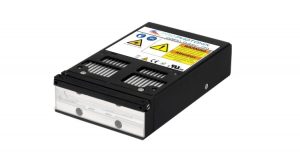
Strategies for Ensuring Effective Disinfection
In addition to selecting the right UV-C light source, there are some strategies that can be implemented to make UV based disinfection (also termed Ultraviolet germicidal irradiation or UVGI) most effective.
1. Proper installation, positioning and maintenance of UVC LED devices
For effective disinfection, there must be a line of sight from the UV–C source to the surface/target to be disinfected. It is important to note that UV–C light products cannot penetrate particles like dust or oils, so dirty surfaces will cause effectiveness to drop. Thus, UVC LED disinfection devices must be regularly wiped with a wet cloth dipped with anhydrous ethanol or isopropyl alcohol for the best results.
2. Monitoring dosage and exposure time
Some microorganisms have built up some immunity to UV. Therefore, a higher dose of UV must be deployed to kill these microorganisms. Indeed, the type of microorganism targeted can impact results. For example, 265nm is considered the optimum wavelength to use for disinfection but 275nm has been shown to disinfect E. Coli.
3. Ensuring proper coverage and surface disinfection
Microorganisms cannot be affected if they are not exposed to UV-C light. Any area where a shadow occurs from an obstacle not allowing the UV-C light to shine will have no effect on the organism. Additionally, the presence of particles can protect microorganisms from UV-C, for example, UV-C is not effective in highly turbid water due to low transmissivity.
Technologies and Tools for Monitoring and Control of UVC LED Disinfection
Harnessing the right technologies and tools is paramount when it comes to monitoring and controlling UVC LED disinfection systems.
1. Radiometers
Radiometers measure heat radiation and can detect UV-C light, which is not visible to the naked eye. A radiometer usually consists of a UV-C sensor and a display. The UV-C sensor consists of a receiver which is used to detect the properties of UV-C and converts it into irradiance or dose which is then as a numerical value on the display. Radiometers are ideal for determining the efficiency of your UV LED source and ensuring that you are providing the optimum intensities for high-level disinfection.
2. Dosimeters
Dose indicators or dosimeters are used to measure dose uptakes and help decide if the correct UV-C dose has been achieved or not. Dosimeters are quite useful when you want to check whether UV-C light is reaching where you want it to reach for proper disinfection. One downside of dosimeters is that they are highly reactive to other sources of light such as sunlight and thus need storage in dark places.
3. Real-time monitoring
Real time UV-C dose monitoring is useful for disinfection confidence, UVC LED lamp performance, dose performance, and exposure safety. Detectors, sensors when coupled with custom controlled software tools assist in monitoring UV LED light sources and get regular, automated updates to keep an eye on the efficiency of disinfection being done.
Success Stories
1. UVC LED disinfection in healthcare facilities
When ranging from wavelengths between 250-270nm, UV-C light is absorbed by microbial DNAs and has proved highly successful in inactivating pathogens such as E. coli, L. innocua, and COVID-19. During the COVID-19 pandemic, UV-C light disinfection was used extensively for sanitization of hospitals, buildings etc. From UV disinfection robots to deep UV sanitizers, UV LED technology was capable of terminating nearly 99.99% of the severe acute respiratory syndrome coronavirus 2 (SARS-CoV-2) in 2 min at a distance of 1 m. (Source)
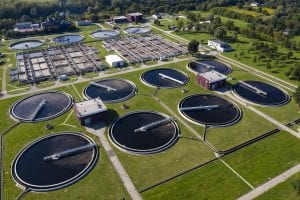
2. UVC LED water disinfection
As an innovator in UVC LED disinfection, ProPhotonix participated with a consortium– REWATERGY comprising of University of Cambridge (UK), Rey Juan Carlos University (Spain) and Ulster University (UK) as well as Delft IMP (Netherlands) and FCC Aqualia (Spain). The consortium was awarded an EU Horizon 2020 grant to develop innovative reactor solutions for disinfection of water utilizing UVA and UVC based LED technologies.
Conclusion
As we look to the future, UVC LED disinfection will continue to play a pivotal role in safeguarding our health and environment. From healthcare facilities to water treatment innovations, its applications are a testament to its effectiveness.
To stay on the cutting edge of UVC LED disinfection or explore its implementation in your industry, don’t hesitate to reach out to ProPhotonix. Visit our UVC LED Systems page for information on our range of UVC Solutions. Contact us directly if you have specific application requirements for your UVC LED disinfection system.
ProPhotonix is a leading designer and manufacturer of Laser Diodes, Laser Modules, UV LED Curing Systems, LED Products, and UVC LED Disinfection Systems. Contact us for free expert advice on selecting the optimal solution for your system.
